How the evolution of EV infrastructure is driving EV ownership trends
According to the International Energy Agency’s report, Global EV Outlook 2022, over 16.5 million electric cars were on the road in 2021. That’s reportedly a 300% increase in the last three years alone.
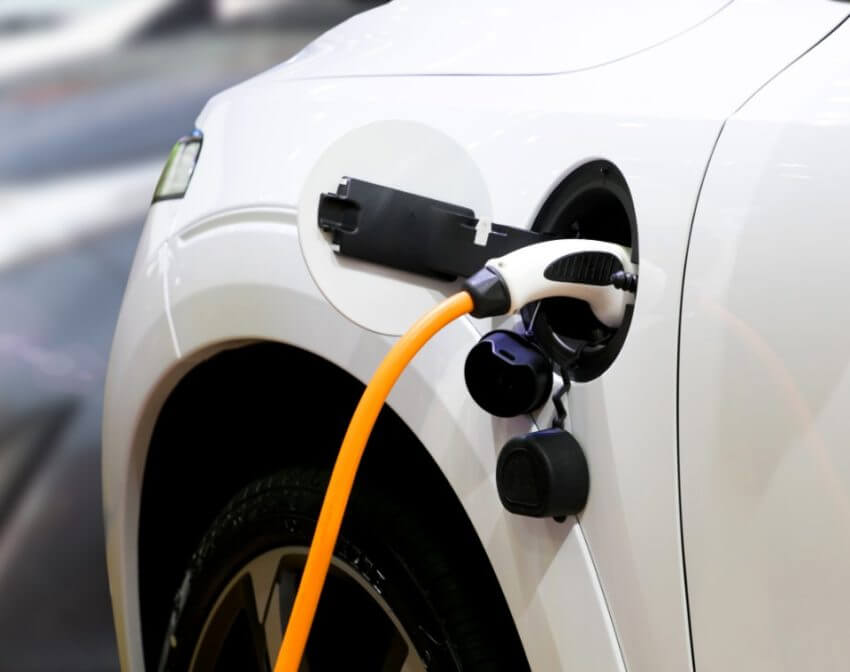
The UK Government’s Ten Point Plan for a Green Industrial Revolution confirms there will be a ban on the sale of new petrol and diesel cars by 2030. As a result, the number of EVs on the road is expected to rise significantly in the next 5 to 10 years.
To make sure we can meet this level of demand, it’s vital that EV infrastructure keeps pace. Not only will it need to keep up with the number of EV charging points (EVCPs) available, but fast charge units and roadside amenities will also play an important role in EV ownership trends.
Changing EV ownership trends
Less than 5 years ago there were far fewer EVs on the roads and drivers who wanted to switch to electric were faced with a number of challenges.
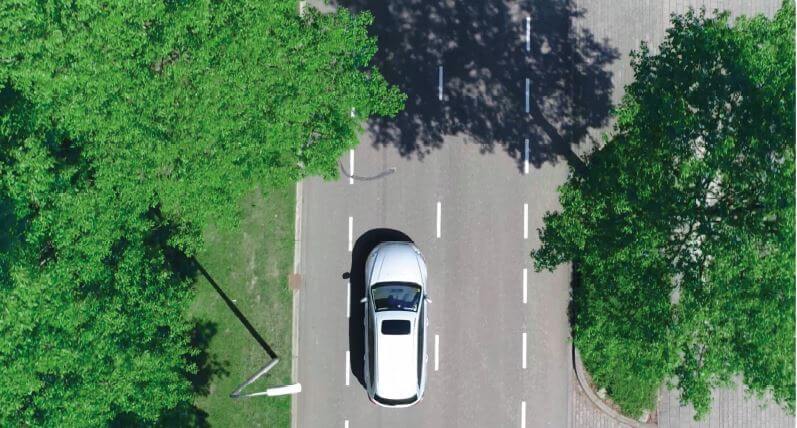
For most potential EV drivers, ‘range anxiety’ fuelled concerns. They were worried about either running out of charge before reaching the next charging point, or finding that they were all occupied when they got there. It meant that EV drivers would have to plan journeys carefully or reconsider long journeys all together.
Happily, with more than 34,860 EVCPs now accessible via UK roads (as of September 2022*), range anxiety is less of an issue. Instead of the need to charge, as the prime reason for stopping, the mindset has changed and increasingly EV drivers simply charge when they stop.
As a result, it’s become more important that retailers, service stations and other public amenities, have plenty of EVCPs available. Not only do the drivers benefit, but there are also commercial benefits for the places they stop at.
With 99% of EVs now capable of driving 100 miles, on a limited charge, low battery concerns are a thing of the past. Also, the advent of rapid EVCPs has been key to the shift in trends. Most 50KW chargers have been replaced with 150KW+ which means EVs can charge faster. Drivers now choose locations that meet the more traditional needs of ‘a pit stop, a tea and a wee’.
How has EV technology kept pace?
As EV ownership has increased, so has the demand for EVCPs in remote locations, but grid capacity has proved a problem in some areas.
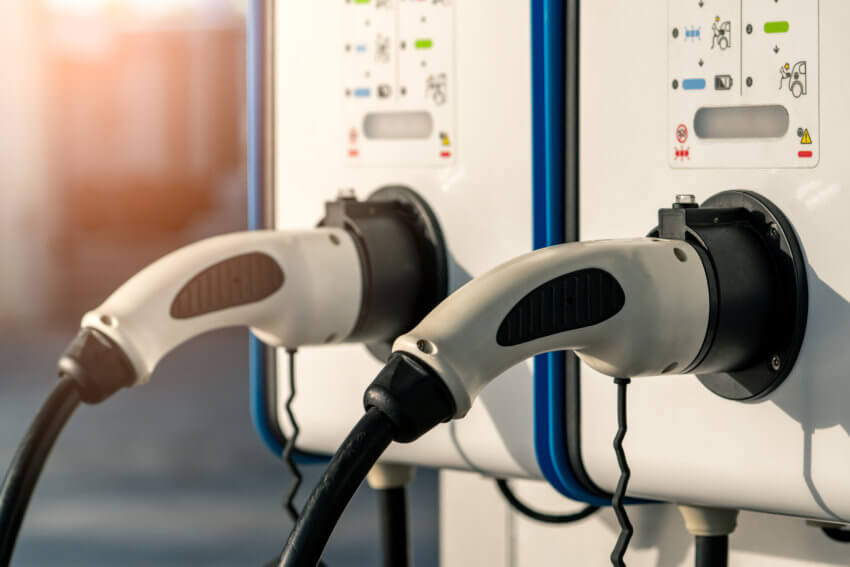
In 2021, to overcome this challenge, Ofgem introduced the Green Recovery Fund. By encouraging strategic investment in the electricity network, to create new capacity for installing low carbon technologies, the fund provided a unique opportunity to support the green economy.
Following its launch, 205 proposals have been accepted for delivery from Distribution Network Operators (including those proposals accepted with a reduced scope). That is a total investment value of around £301.3 million. Not only will this level of investment increase the EVCP network, in line with EV demand, it also supports the Government’s objective of having 300,000 public EVCPs available by 2030.
Moto service station in Exeter is an excellent example of where EV technology has helped to overcome capacity challenges. Twelve new rapid EVCPs were installed, alongside an innovation project by Western Power Distribution Take Charge Project to provide a 33KV connection to site with a 12MW capacity. The project will make sure that the capacity is available as the demand for charging increases at this strategically located motorway service station. Also, with each EVCP capable of reaching 350KW, drivers who use the services can expect to reach a decent charge in just 30 minutes.
How Rock Power Connections can help
A Mitie-owned company, Rock Power Connections is one of the UK’s leading Independent Connections Providers. We specialise in the design and installation of new and upgraded electricity connection for business, industrial and commercial properties, across the UK.
We offer a comprehensive service, from initial design to final switch-on, and have a proven track record in enhancing EV infrastructure and installing low- and high-voltage charging points. Our specialist team has installed EVCPs across the country, including Moto services in Rugby and Exeter, two of the busiest sites.
Get in touch to find out more how Rock Power Connections can help your organisation.
* At the end of September 2022, there were 34,860 electric vehicle charging points across the UK, across 20,888 charging locations. This represents a 35% increase in the number of charging devices since September 2021.
Read next
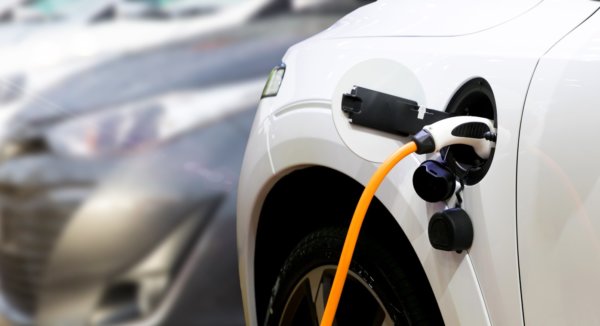
Mitie helps accelerate the Environment Agency’s EV strategy with new charge point contract
Mitie has secured a new contract to install electric vehicle (EV) charge points for the Environment Agency, a delivery body of DEFRA, building on its existing facilities management support The £4.5 million contract will…
IDNO vs DNO: What’s the difference?
When a new electricity supply is required for a development, the organisation who owns the cables in the area will need to be contacted to see if there is available capacity. This organisation is…
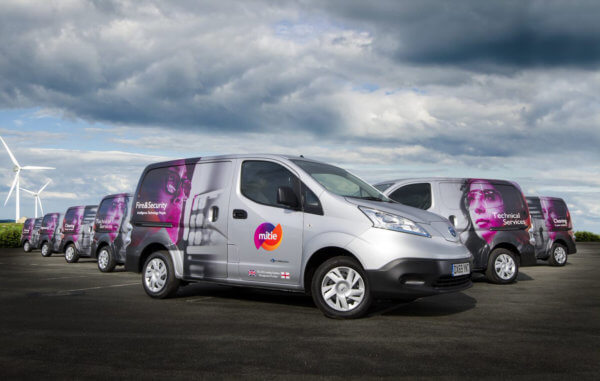
Mitie achieves 30% EV target, three months ahead of schedule
With cars, vans, and even gritters, Mitie now has more than 2,000 pure electric vehicles on the road. These vehicles create an annual saving of around 10,000 tonnes of CO2 per year.
 Skip to content
Skip to content